The Vapochill Micro Review
The Vapochill Micro Up Close
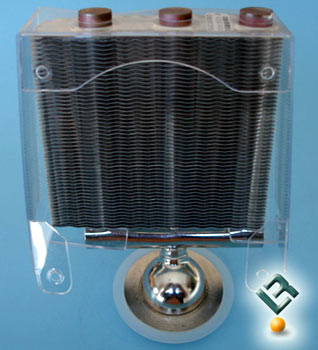
Removing the Vapochill Micro from its packaging, I was blown away by how incredibly light it is. Weighing in at an incredible 355g, including the fan, the Vapochill Micro is one of the lightest after market cooling solutions I’ve ever seen.
The aesthetics can be described as rather unique. Looking like a radiator installed over three large heatpipes, the Micro is definitely no flashy apparatus. However the quality of the heat sink itself is beyond question, with a very clean nickel finish and pure copper base, cooling is definitely the emphasis.
Upon my initial inspection I found one thing that bugged me. The fan shroud that Asetek uses seems very cheap and flimsy, in my opinion a very un-Asetek-like characteristic. For the person who is simply going to assemble this cooler, install it and never tinker again, this is unlikely to be a problem. But for people who build their own systems, and who are prone to tinkering, this could end up being this cooler’s demise.
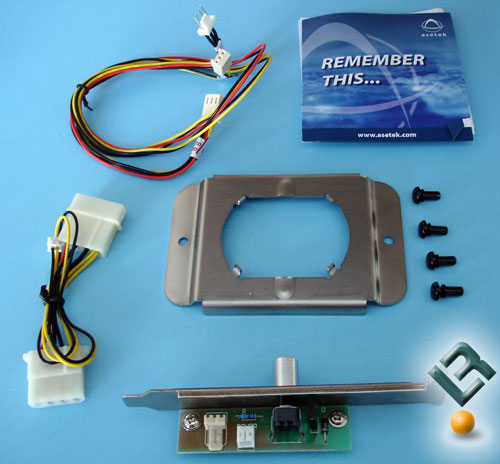
The kit we are working with today is for AMD’s socket 939/940/754 and aside from the cooler itself includes the CPU mounting kit, the fan push pins, a fan controller, an instruction sheet and the accompanying wiring for the fan controller.
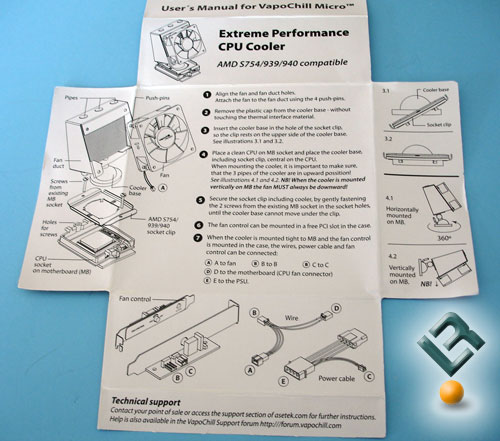
I found the instructions to be extremely simple, yet very clear. There were a couple of things that I will clarify a little better during our installation. Each step of the assembly and installation processes are clearly explained and accompanied with pictures.
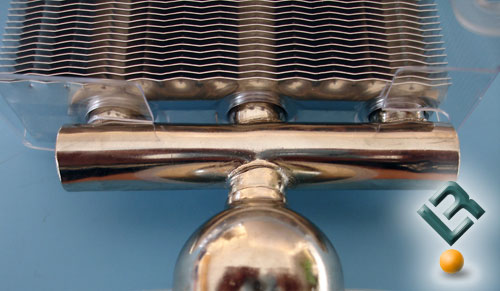
For those of you unfamiliar with heatpipes, lets do a little background into the technology. Heatpipes themselves are in fact sealed tubes filled with vapor attached to the heat sink’s base. As the CPU heats up, the heat is transferred through the base to the heatpipes.
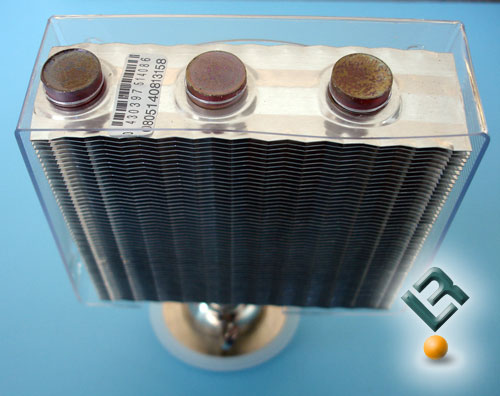
As the tubes heat up, the vapor sealed within the chamber evaporates, rising to the top of the heatpipe where it cools, condenses, and falls to the bottom again. In conjunction with the attached radiator fins, which dissipate the accumulated heat faster, heatpipe technology is a very successful and widely used cooling method for CPU cooling.
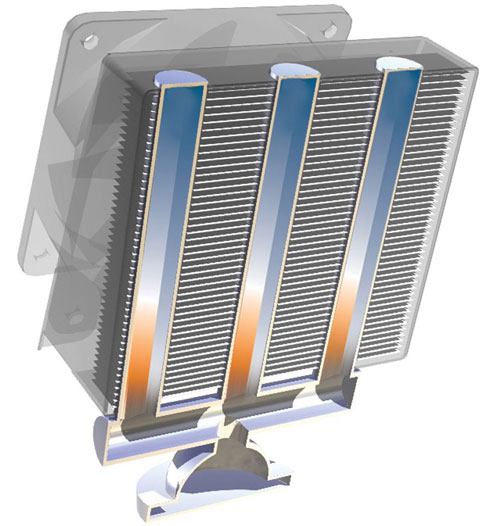
A few things seperate the Vapochill micro from other heatpipe based coolers. While most other coolers use a single large heatpipe or several small heatpipes, the Micro uses three large heatpipes connected with a a crossbar at the bottom, maximizing the performance of the heatpipe technology by providing a much larger cooling area.
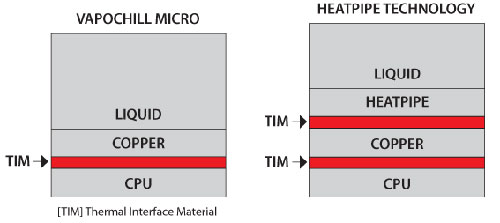
Also, where most heatpipe based coolers have a base coonected to the heatpipes, the Micro’s base is in fact part of the heatpipe. By removing a layer of material from the equation, the Micro actually displaces the heat faster and more effectively.
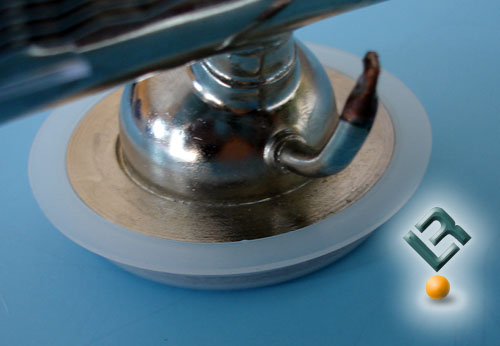
Maybe a bigger factor in what seperates the Vapochill Micro from other heatpipe based cooling solutions is what Asetek uses within the heatpipes. While every other heatpipe based cooler uses water vapor, Asetek decided to use R-134a, a refrigerant they used in their first phase change cooling unit.
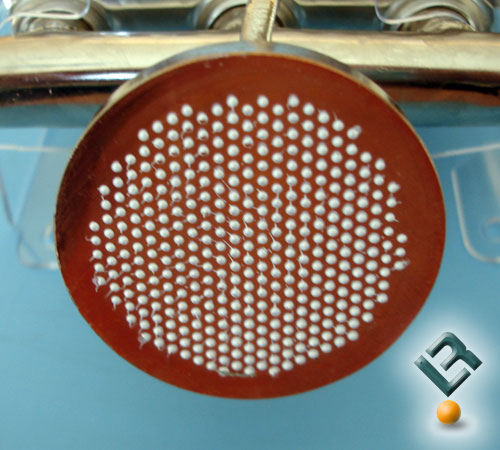
Unlike most aftermarket heat sinks, Asetek decided to include a preapplied coating of thermal paste, using DOW CORNING(R) SC 102 COMPOUND. Though by no means Arctic Silver, it is a decent paste with one nice strength, no cure time. One thing I’d suggest when installing this heat sink is for you to move it around slightly to spead the thermal paste out evenly and remove any air pockets.
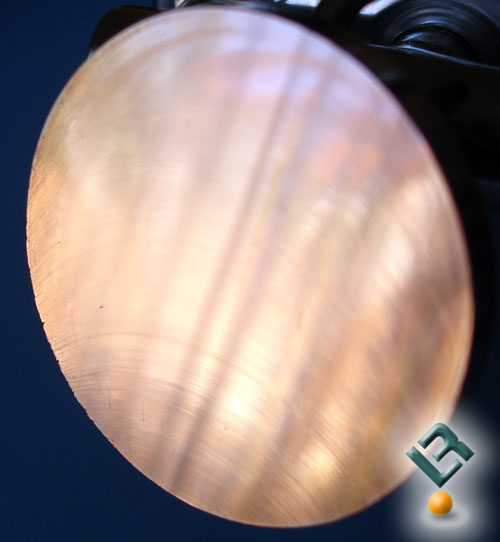
The Vapochill Micro’s base measures in at approximately 50mm diameter and 6mm thick, constructed completely of copper. One thing I was quite surprised to see was the quality of the Vapochill Micro’s base. After removing the thermal paste and cleaning the base, machine marks are clearly visible and I could actually feel the grooves with my finger. I’m sure a nice lapping with some fine grade sand paper and some Arctic Silver would improve the overall performance of the Micro.
All in all I’m very impressed with the Vapochill Micro to this point. Assembly was very simple and the instructions are very clear and easy to follow. I felt that the fan shroud was very flimsy and prone to breakage if installed more than once. I think that with a better fan mounting system (maybe an aluminum shroud) and easier to work with push pins for securing the fan, the Micro would be an even better product.

Comments are closed.